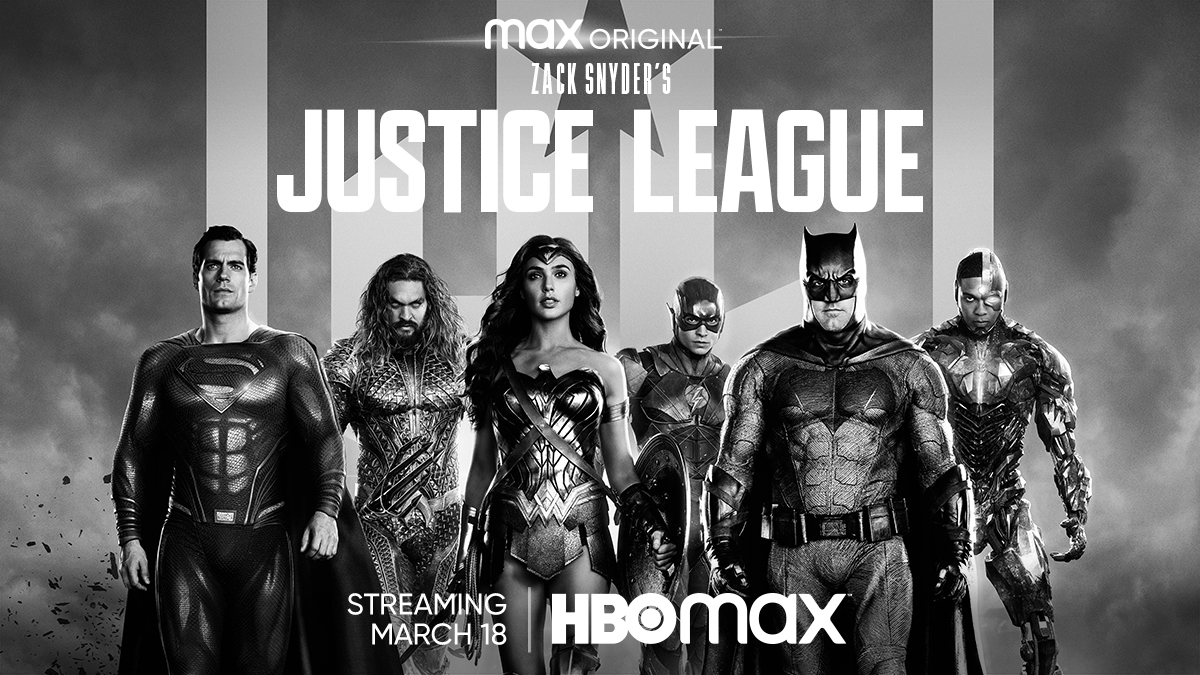‘Sinners (2025 film)’: A New Era in Horror Cinema
‘Sinners’ marks a notable milestone in the evolution of horror cinema, set to be released in 2025. This American period action horror film presents a fresh take on the genre, delving into dark themes of human morality and redemption amidst the trials of a historic context. The narrative is intricately woven into the fabric of the Mississippi Delta during 1932, a time rife with social tension and transformation. This setting not only establishes a true-to-life backdrop but also enhances the film’s horror elements by grounding them in a significant historical period.
The creative genius behind ‘Sinners’ is Ryan Coogler (an American filmmaker), who takes on the triple role of producer, writer, and director. Known for his previous works that skillfully blend powerful storytelling with impactful social commentary, Coogler brings an innovative approach to this film. His ability to craft nuanced characters and compelling narratives will offer audiences a deeper understanding of the struggle between good and evil within the framework of the horror genre. The film not only aims to terrify but also invites viewers to reflect on the moral complexities faced by its characters, set against the rich tapestry of 1930s America.
‘Sinners’ distinguishes itself from conventional horror films through its historical immersion and the psychological depth of its characters. As it explores themes of sin and redemption, it beckons to those who appreciate films that challenge perceptions while delivering genuine frights. This combination of historical context with horror tropes could symbolize a new direction in the genre, suggesting that horror can transcend fear to become a platform for critical discourse. Thus, ‘Sinners’ promises to be not just a story of terror, but a reflective experience that resonates with the audience long after the credits roll.
Character Dynamics: The Duality of Michael B. Jordan
In ‘Sinners’, Michael B. Jordan embodies a profound duality through his portrayal of twin brothers, each navigating their tumultuous individual paths while simultaneously intertwined within the same narrative arc. This layered performance is pivotal, as it highlights the intricacies of their relationship against a backdrop of deep-seated family ties and the haunting secrets of their hometown. Jordan’s ability to distinguish the two characters, both in mannerisms and emotional depth, sets a compelling foundation for the unfolding story that revolves around themes of horror, redemption, and the struggle against evil forces.
The dynamic between the twin brothers serves as a conduit for exploring broader themes within the film. Each character embarks on a personal journey characterized by unique internal conflicts—one grappling with his darker inclinations and the other striving for redemption through inherent goodness. Their relationship becomes a reflection of the moral complexities faced by individuals in a world rife with supernatural challenges, underscoring the film’s essence of duality—light versus dark, good versus evil. This juxtaposition is further accentuated by key supporting characters played by Hailee Steinfeld and Delroy Lindo.
Steinfeld’s character provides a crucial foil to the brothers, serving as a moral compass and a source of strength. Her presence in the narrative emphasizes the importance of community and relationships in overcoming personal demons. Meanwhile, Delroy Lindo’s portrayal of a wise, elder figure reinforces themes of confronting one’s past and seeking redemption. Both characters enrich the narrative, drawing out critical emotional themes and deepening the audience’s engagement with the protagonists. Collectively, these dynamics not only propel the story forward but also make the film a rich exploration of character interplay and the complex nature of human relationships amid adversity.
Themes and Symbolism: Confronting Evil and Seeking Redemption
‘Sinners’ intricately weaves together the themes of good versus evil and the quest for redemption, ensconced within the framework of horror that mirrors our own societal struggles. At the core of the narrative is a profound exploration of humanity’s darkest impulses juxtaposed against an inherent yearning for salvation. Characters grapple with their past transgressions, heavily laden with deep-seated guilt, which serves as a driving force for redemption. Within this psychological landscape, the audience witnesses a dichotomy that paints the struggle for light amidst enveloping darkness, encapsulating a timeless battle that resonates with viewers.
The film’s Mississippi Delta setting transcends mere backdrop; it emerges as a character that reflects and amplifies the emotional turmoil of the protagonists. The murky waters and sprawling landscapes become symbolic of the characters’ internal conflicts, representing the depths of despair and the possibility for renewal. This geographical context is not only pivotal to the plot; it resonates with historical themes of sin and retribution. The Delta, rich with cultural significance, exacerbates the characters’ experiences, framing their journey as not only personal but also collective—a shared narrative that delves into the societal complexities of good and evil.
Furthermore, the supernatural elements embedded within ‘Sinners’ reinforce the narrative’s weight, providing a tangible representation of the characters’ struggles. Ghostly apparitions and haunting manifestations serve as physical manifestations of guilt, acting as catalysts for the protagonists’ confrontations with their pasts.
Such symbolism facilitates a deeper comprehension of their inner battles, challenging audiences to confront their ethical dilemmas and societal failings. The layers of horror intricately stitched into the storyline invite viewers to reflect on the ramifications of their choices, creating a dialogue about morality and the quest for redemption that remains pertinent in contemporary society.
Critical Reception and Cultural Impact: A New Horror Classic?
The film ‘Sinners’ has garnered notable attention and a mixed bag of reviews since its release, positioning it uniquely within the ever-evolving landscape of the horror genre. Critics have highlighted its intricate narrative, which artfully weaves themes of morality, fear, and redemption. Upon its initial screenings, several film critics praised its ability to evoke genuine tension while simultaneously encouraging viewers to reflect on deeper societal issues. A consistent observation among reviewers is that ‘Sinners’ transcends the typical tropes of horror by compelling audiences to examine the human condition.
Audience reception, on the other hand, has been varied but intriguing. While some viewers appreciated its audacious approach to storytelling and character development, others expressed dissatisfaction with pacing and thematic density. This division illustrates the film’s polarizing nature; however, it often invites analysis and discussion, which is a hallmark of impactful cinema. The performance of the lead actors has also received commendation, serving to anchor the narrative and draw viewers into its dark world.
Culturally, ‘Sinners’ has sparked conversations that resonate with contemporary issues, particularly concerning morality in an increasingly complex society. Its thematic relevance in today’s dialogue around personal accountability and societal judgment suggests it holds a mirror to the audience’s own demons. In assessing its potential legacy, parallels drawn with classic horror films underscore its ambition to challenge audiences while paving the way for new narratives in American cinema.
Additionally, the film faced production hurdles that ultimately contributed to its authenticity, fostering a sense of realism that may elevate it to classic status in future discussions. Comparing ‘Sinners’ with other works in the genre clearly delineates its ambitious nature and the conversations it starts. As viewers and critics explore this film further, its place in the annals of horror may solidify, affirming its status as a new classic.








